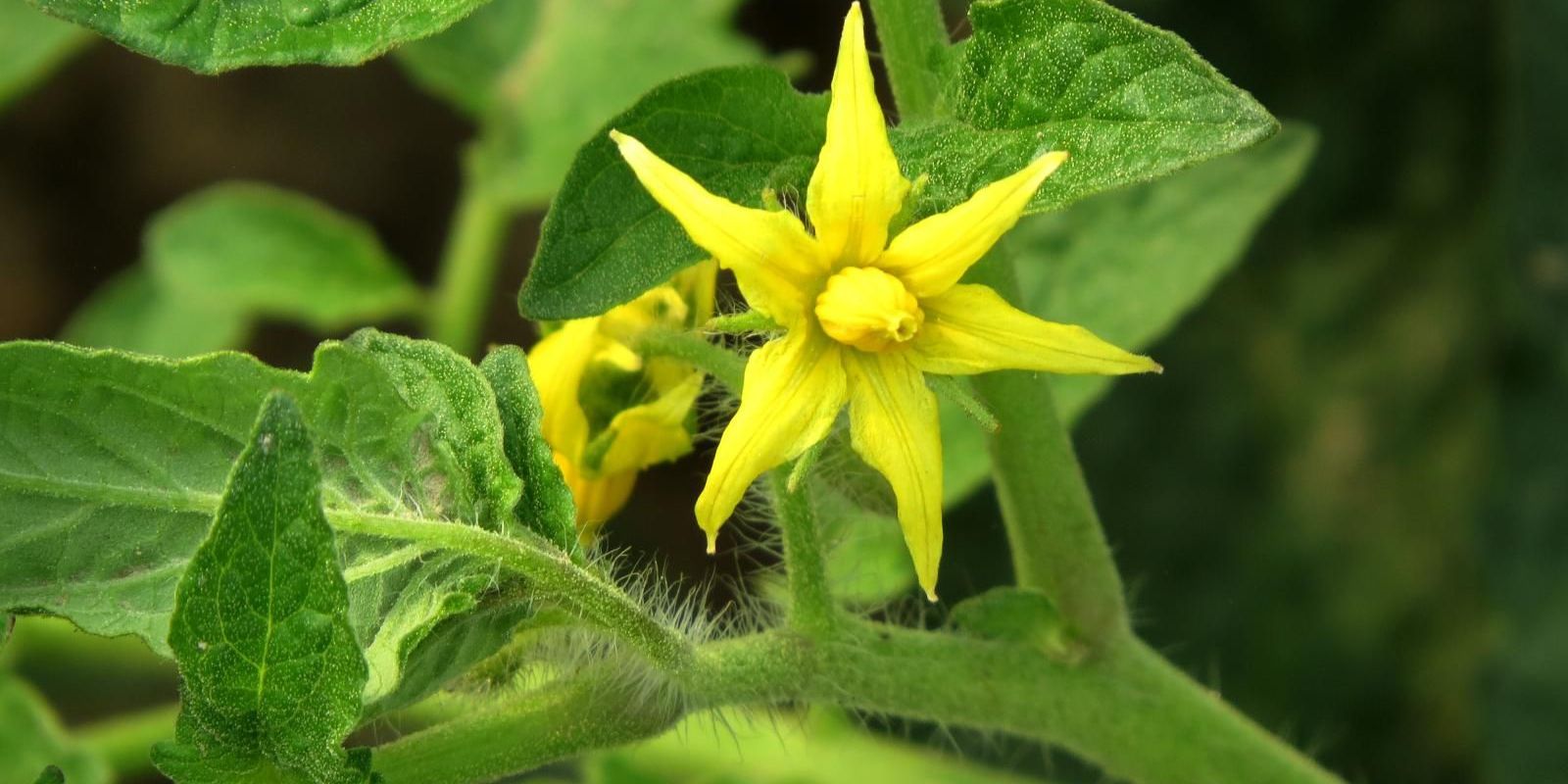Introduction
Tomato plants are renowned for their ability to yield abundant, flavorful fruit. However, it’s not uncommon for gardeners to face the frustrating issue of plants that produce no fruit. This can be disheartening, especially after investing time and effort into growing healthy tomato plants. Understanding and addressing the underlying causes of this problem can help you get your tomato plants back on track and ensure a bountiful harvest. In this article, we’ll explore the common reasons why tomato plants might not bear fruit and provide practical solutions to turn things around.
Understanding the Causes
Before jumping into solutions, it’s crucial to understand the factors that can impact fruit production. These include pollination issues, improper watering, inadequate sunlight, and temperature extremes. Each of these factors plays a critical role in the development of tomatoes, and addressing them can significantly enhance your plant’s productivity.
Steps to Address Tomato Plants with No Fruit
1. Check Pollination
The Issue:
Tomato plants are self-pollinating, meaning they can produce fruit without needing pollen from other plants. However, successful fruit set depends on effective pollination. If your plants aren’t producing fruit, it could be due to insufficient or ineffective pollination.
How to Fix It:
- Gently Shake the Plants: During the flowering stage, gently shake the tomato plants to help distribute pollen from one flower to another. This mechanical action can aid in the pollination process.
- Use a Small Brush: If shaking the plant isn’t practical, use a small paintbrush or cotton swab to transfer pollen between flowers.
- Encourage Pollinators: Attract natural pollinators like bees by planting flowering herbs and flowers nearby. Pollinators can enhance the pollination process, improving fruit set.
Additional Tips:
- Ensure Adequate Plant Spacing: Overcrowding can inhibit airflow and pollination. Space your plants adequately to facilitate better movement of air and pollinators.
2. Adjust Watering
The Issue:
Both overwatering and underwatering can stress tomato plants and negatively affect fruit production. Consistent moisture is essential, but extremes in watering practices can lead to problems such as blossom end rot or stunted growth.
How to Fix It:
- Maintain Consistent Moisture: Keep the soil evenly moist but not waterlogged. Check soil moisture regularly by sticking your finger into the soil. Water when the top inch feels dry.
- Avoid Overwatering: Ensure that your containers or garden beds have good drainage. Waterlogged soil can lead to root rot and other issues.
- Use Mulch: Apply mulch around your plants to help retain soil moisture and regulate temperature fluctuations.
Additional Tips:
- Water Early in the Morning: Watering early allows the soil to absorb moisture before the heat of the day causes excessive evaporation.
3. Provide Adequate Sunlight
The Issue:
Tomatoes require a substantial amount of sunlight to thrive and produce fruit. Inadequate sunlight can lead to weak plants and poor fruiting.
How to Fix It:
- Position Plants Wisely: Ensure that your tomato plants receive at least 6-8 hours of direct sunlight daily. Position them in the sunniest part of your garden.
- Use Reflective Materials: In areas with limited sunlight, consider using reflective materials like white plastic or aluminum foil to increase light exposure.
Additional Tips:
- Prune for Better Light Penetration: Remove lower leaves and suckers to improve air circulation and light penetration within the plant canopy.
4. Monitor Temperature
The Issue:
Tomato plants are sensitive to temperature extremes. High temperatures can cause blossoms to drop, while cold temperatures can stunt growth and affect fruit development.
How to Fix It:
- Protect from Heatwaves: During hot spells, provide shade using shade cloths or row covers to protect your plants from excessive heat. Water more frequently to keep plants hydrated.
- Guard Against Cold: Use row covers or cloches to protect plants from cold weather. Consider using heaters or thermal blankets if temperatures drop significantly.
Additional Tips:
- Adjust Planting Times: Plant your tomatoes after the last frost and during the optimal growing season for your region to avoid temperature extremes.
Additional Tips for Boosting Tomato Production
- Fertilize Appropriately: Use a balanced fertilizer to provide essential nutrients. Avoid excessive nitrogen, which can lead to lush foliage but poor fruiting.
- Practice Crop Rotation: Rotate your tomato plants each year to prevent soil-borne diseases and pests from affecting your plants.
- Support Your Plants: Use stakes, cages, or trellises to support your tomato plants. This helps keep fruit off the ground and reduces the risk of diseases.
Conclusion
If you’re struggling with tomato plants that aren’t producing fruit, addressing the key factors of pollination, watering, sunlight, and temperature can make a significant difference. By implementing these practical solutions, you can help your tomato plants thrive and enjoy a bountiful harvest of delicious, ripe tomatoes. Remember, gardening often involves a bit of trial and error, so stay patient and keep experimenting to find the best practices for your garden. Happy gardening! 🍅🌿

